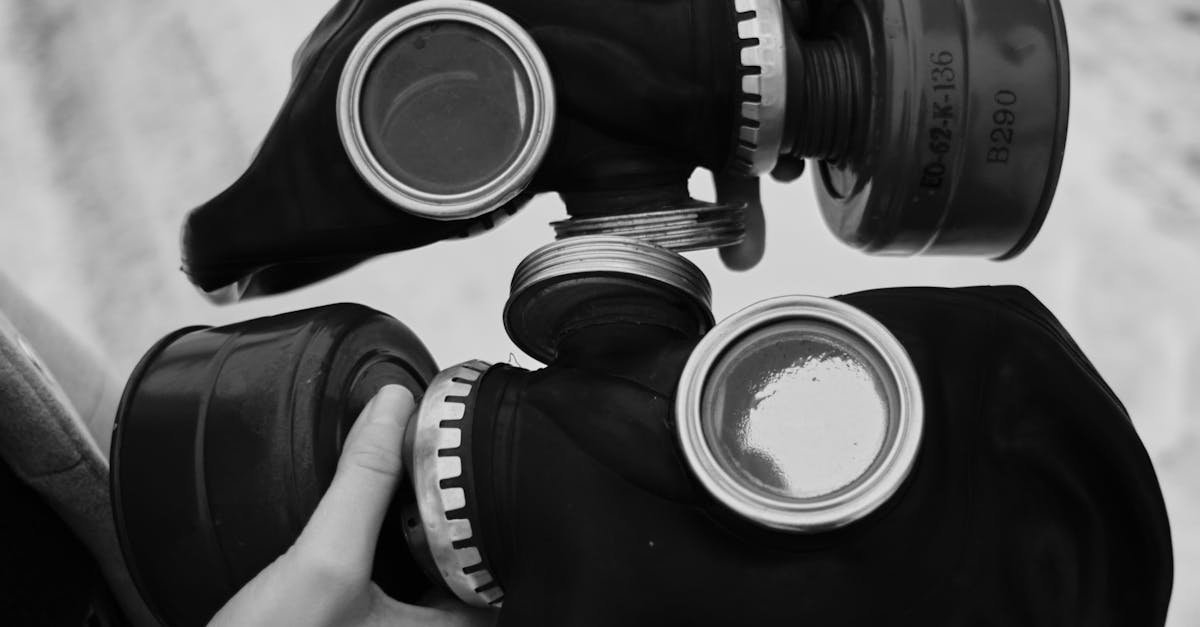
Table Of Contents
Average Lifespan of Components Within Toilets
Toilets consist of several components, each with its own lifespan. The toilet tank, bowl, and seat typically last much longer than the internal parts, such as flush valves and flappers. These internal components generally wear out after five to seven years, necessitating toilet repairs more frequently than the rest of the unit. The wax seal that sits at the base of the toilet may also degrade, usually requiring replacement every 20 to 30 years depending on environmental factors and maintenance.
The flushing mechanism, which includes levers and handle assemblies, can also fail over time. Most handles can last around ten years, but frequent use or rough handling may shorten their lifespan. Knowing when to perform toilet repairs can help maintain functionality and prevent more significant issues down the line, ensuring that the toilet continues to operate effectively. Proper care and timely part replacements will contribute to the extended longevity of the entire fixture.
Understanding the Parts that Wear Out
Several components within a toilet are susceptible to wear and tear over time. The most commonly affected parts include the flapper, fill valve, and flush valve. These components are essential for proper flushing and water flow. When they begin to fail, users may notice issues such as leaks, continuous running water, or poor flushing power. Regular maintenance can help identify these problems early, which may prevent the need for extensive toilet repairs later.
Another area that commonly shows signs of aging is the toilet seal, which connects the toilet to the floor. Over time, this seal can wear out and lead to leaks. Additionally, the mounting hardware and bolts can corrode or break, compromising the overall stability of the toilet. Keeping an eye on these components can help homeowners avoid costly repairs and ensure their toilets function effectively for years to come.
Environmental Factors Affecting Toilet Lifespan
Environmental factors play a significant role in the lifespan of a toilet. Humidity levels and the quality of water can directly impact the longevity of the components within the toilet. High humidity can lead to mold or mildew, which can affect both the structure and function of the toilet. Water quality is equally important, as hard water with high mineral content can lead to sediment buildup, causing clogs and potential leaks that necessitate toilet repairs over time.
Climate variations also contribute to the wear and tear of toilets. Areas with extreme temperatures may see materials expand and contract, leading to cracks or damage in the toilet's structure. Additionally, consistent use patterns, such as frequent flushing or high traffic, can amplify wear on both mechanical and aesthetic components. Homeowners should consider these environmental influences to maintain their toilets effectively, minimizing the need for costly repairs.
How Climate and Usage Patterns Matter
Climate plays a significant role in determining how long a toilet lasts. In regions with extreme temperatures, either hot or cold, materials may expand and contract, leading to stress on components like the seal and tank. Frequent changes in temperature can accelerate wear and tear, causing leaks or other issues that might require toilet repairs. Additionally, areas with high humidity can contribute to mold and mildew growth, which may affect the integrity of certain parts over time.
Usage patterns also greatly influence a toilet's lifespan. High-traffic households tend to have toilets that experience more frequent flushing and use, resulting in quicker degradation of parts such as flappers and fill valves. Regular use puts additional strain on the flushing mechanism, increasing the likelihood of malfunction. This increased wear can lead to more toilet repairs, especially if maintenance is neglected or not performed regularly. Understanding these factors helps homeowners anticipate potential issues and take proactive measures to extend the life of their toilets.
Plumbing Practices That Influence Toilet Durability
Proper installation is crucial in enhancing the durability of a toilet. Incorrect alignment or inadequate sealing can lead to leaks that compromise the entire system. Over time, these leaks can escalate into significant issues, resulting in the need for extensive toilet repairs. Ensuring that the toilet is level and securely fastened to the floor prevents movement, which can otherwise damage the wax seal and other components.
Regular maintenance practices also play a significant role in prolonging a toilet's lifespan. Routine checks for signs of wear, such as cracks or mineral build-up, help identify issues before they become serious. Prompt attention to minor problems can reduce the frequency of toilet repairs, saving both time and money. Incorporating best plumbing practices during installation and maintenance establishes a foundation for a longer-lasting toilet.
The Importance of Proper Installation
Proper installation of a toilet is crucial for its long-term functionality. When a toilet is installed incorrectly, it can lead to various issues such as leaks and improper flushing. These problems not only create inconvenience but can also necessitate frequent toilet repairs, which can be costly over time. A well-installed toilet minimizes the risk of complications that might arise from poorly secured fittings or misaligned components.
In addition to preventing immediate issues, a correct installation contributes to the overall durability of the toilet. It ensures that all parts work harmoniously together, reducing stress on active components. Homeowners are encouraged to engage professionals for installation to avoid common pitfalls. A skilled installation minimizes the likelihood of needing extensive toilet repairs, ultimately enhancing the toilet's lifespan and functionality.
FAQS
What is the average lifespan of a toilet?
The average lifespan of a toilet is typically between 10 to 30 years, depending on the materials used, maintenance, and usage patterns.
What components within a toilet are most likely to wear out?
The components that usually wear out include the flapper valve, fill valve, and the flush handle. These parts may need to be replaced every few years for optimal performance.
How do environmental factors impact the lifespan of a toilet?
Environmental factors such as humidity, temperature, and water quality can significantly affect a toilet's durability. For instance, high humidity can lead to mold or rust, while hard water can cause mineral buildup.
Can plumbing practices affect how long a toilet lasts?
Yes, proper plumbing practices, including correct installation and regular maintenance, can enhance a toilet's lifespan. Improper installation might lead to leaks or other issues that can shorten its life.
How often should I maintain my toilet to ensure its longevity?
It is recommended to perform routine maintenance on your toilet at least once a year. This includes checking for leaks, cleaning components, and replacing worn-out parts as needed.



















